English Dub Review: Inu-Oh
Overview:
Set in 14th century Japan, Inu-Oh chronicles the unlikely friendship between Tomona, a blind biwa player and Inu-Oh, an exuberant dancer who’s been shunned by society and hidden away under a mask. The creative union between Inu-Oh and Tomona is too powerful to ignore and soon these two outsiders find themselves at the center of newfound fame where their gifts are not only appreciated, but able to open up a nation’s resistant eyes.
Our Take:
Masaaki Yuasa, the director behind acclaimed feature films and TV series like Mind Game, Devilman Crybaby, and Ride Your Wave, is a passionate storyteller who never settles for ordinary. He’s developed such a fearless and unpredictable visual style across his career and his movies, even when narratively shallow, promise to deliver eye-popping animation that pushes the medium beyond its limits. Inu-Oh is an especially exciting piece of work for Yuasa that examines a comfortable life versus a truly happy existence. It’s a touching treaty on why people create art and why others listen and keep those stories alive. It’s an ode to history, music, and the unabashed desire to honestly express one’s self that lives inside of us all. There’s really not any other animated movie like Inu-Oh.
A popular trope that’s turned to in many of Masaaki Yuasa movies, but also in anime feature films in general, is an odd pairing between two individuals–one human and the other supernatural in nature–who are both outcasts in their own ways. This is a formula that works well for children’s films and many Studio Ghibli ventures, but Inu-Oh applies this mold to a blind biwa musician and the titular Inu-Oh, a strange malformed dancer, who combine their passion to unite a nation and step out of the perpetual shadows that have kept them cold their entire lives.
There’s such an effective nature to Tomona and Inu-Oh’s growing friendship that becomes more electric and heartwarming with each exchange. These two see the best in each other when no one else does and everything about these characters clicks. These two feel like distinct individuals, but it’s also easy to picture Tomona and Inu-Oh as generational ciphers as this story repeats throughout history through multiple iterations of these unlikely “heroes.” There’s an eternal nature to Inu-Oh and how immortality can be achieved through the preservation of storytelling and music, which is especially effective in a film that’s also a hearty primer on 14th century Japanese history.
Inu-Oh pulls from real events for its historical accounts and it’s a movie that’s genuinely informative, but without feeling like a history lesson. What’s helpful about Inu-Oh’s presentation of Japanese history is that it’s reimagined as a psychedelic rock opera. It’s a kaleidoscopic love letter to storytelling that oddly enough feels like an anime version of Hedwig and the Angry Inch at several points. Inu-Oh is a stylized synthesis of ideals that would be bewildering in any context, but is especially powerful in its ability to take ancient ideas and celebrate them with such innovative, ambitious storytelling tools. Inu-Oh is prescient and forward-thinking despite its focus on relics of the past.
There is no shortage of anime movies and series that celebrate the power of music, as if it’s the most formidable of superpowers. There’s a universal nature to music that can connect everyone, young and old, regardless of language so that everyone comes together through the same warm experience. Belle, Sing A Bit of Harmony, Earwig and the Witch, and One Piece Film: Red are all recent anime feature films that revolve around music. Yuasa himself is even no stranger to this style of storytelling with his previous movies Lu Over the Wall and The Night Is Short, Walk On Girl. The latter of which eventually descends into a spontaneous opera during its final act, which feels so much like a precursor to how Inu-Oh expresses its emotions and themes. Movies continue to turn to music as the ultimate equalizer because it’s something that hits on a visceral, physical level. Inu-Oh is one of the most effective examples of how music can heal all wounds and foster community.
Inu-Oh has lived a life of rejection due to his unusual appearance, but a lifetime of labels are erased after a bar of majestic music. It’s a message that may seem exceedingly glib at times, but now, more than ever, there’s a need to focus on what brings people together rather than what tears them apart. Audience and performer are truly united as one cohesive unit as Inu-Oh lets his body loose and the spirit of song temporarily possess them all. On that note, Inu-Oh’s incongruous character design engages in such beautiful, fluid movement. Yuasa has a knack for portraying the human body in exaggerated ways when it comes to motion. Limbs can shift size and dominance, but with Inu-Oh it’s built into his physical abnormality. It’s a character who would seem bizarre in any other anime movie, but he’s perfectly equipped to navigate a Masaaki Yuasa universe. He fulfills his purpose here and it feels like fate when this oddity transforms into elevated performance art.
Each of Inu-Oh’s musical performances stand on their own and highlight different abilities so that they’re not just continually reductive of one another. Inu-Oh is absolutely a movie that’s driven by its musical storytelling, but at no point do these performances feel gratuitous or like a waste of time. There’s such delicate, unexpected elegance in each of these performances that even those who have minimal interest in music will be drawn into the visual production that’s on display. Similarly, there’s a level of restraint through the first 3/4 of the movie that may initially leave Yuasa fans wanting more and missing more of the director’s anarchic elements. Inu-Oh saves these stylistic flourishes for its final act and Inu-Oh’s coup de grace show.
It’s easily some of the best work that Yuasa has ever done and there’s an intense level of meticulousness that rivals that of Katsuhiro Otomo, Rintaro, or Hayao Miyazai. It makes for a staggering experience–especially in a movie theater–where all of this washes over the viewer, not unlike the hypnotic experience that Inu-Oh’s audience undergoes. It’s a setpiece that’s fitting for Inu-Oh’s grand goodbye, but it’s equally fitting if it happens to function as Yuasa’s swan song. It’s not just an incredible piece of animation, but it feels like the culmination and synthesis of everything that he’s experimented with through his illustrious career.
Inu-Oh’s initial cast is exceptional and it’s a film that’s so dependent upon these performances that it wouldn’t have been a surprise if GKIDS were to release Inu-Oh without an English dub. The film’s constant use of music and its preoccupation with Japanese history makes it a lofty project to take on, which means that the success of Inu-Oh’s dub is even more impressive. Joshua Waters and Sena Bryer pour their hearts into the central roles of Inu-Oh and Tomona and Michael Sinterniklaas’s direction deserves equal accolades for pulling all of this together. It’s all too easy for an anime movie like this to completely fall flat with its English dub, but Inu-Oh’s dub is strong enough that it will hopefully bring a larger audience to this movie and the rest of Yuasa’s filmography.
Inu-Oh is one of the most satisfying animated experiences of 2022 and should be mandatory viewing for any fan of the medium. It tells a touching, important story that comes to life with unforgettable characters and represents an anime auteur at the top of their game. It’s hard to not be overwhelmed by the level of work that’s gone into Inu-Oh and there need to be more big-budget rainbow-colored serial killer rock operas that celebrate a good story, a strong song, and a pure heart.

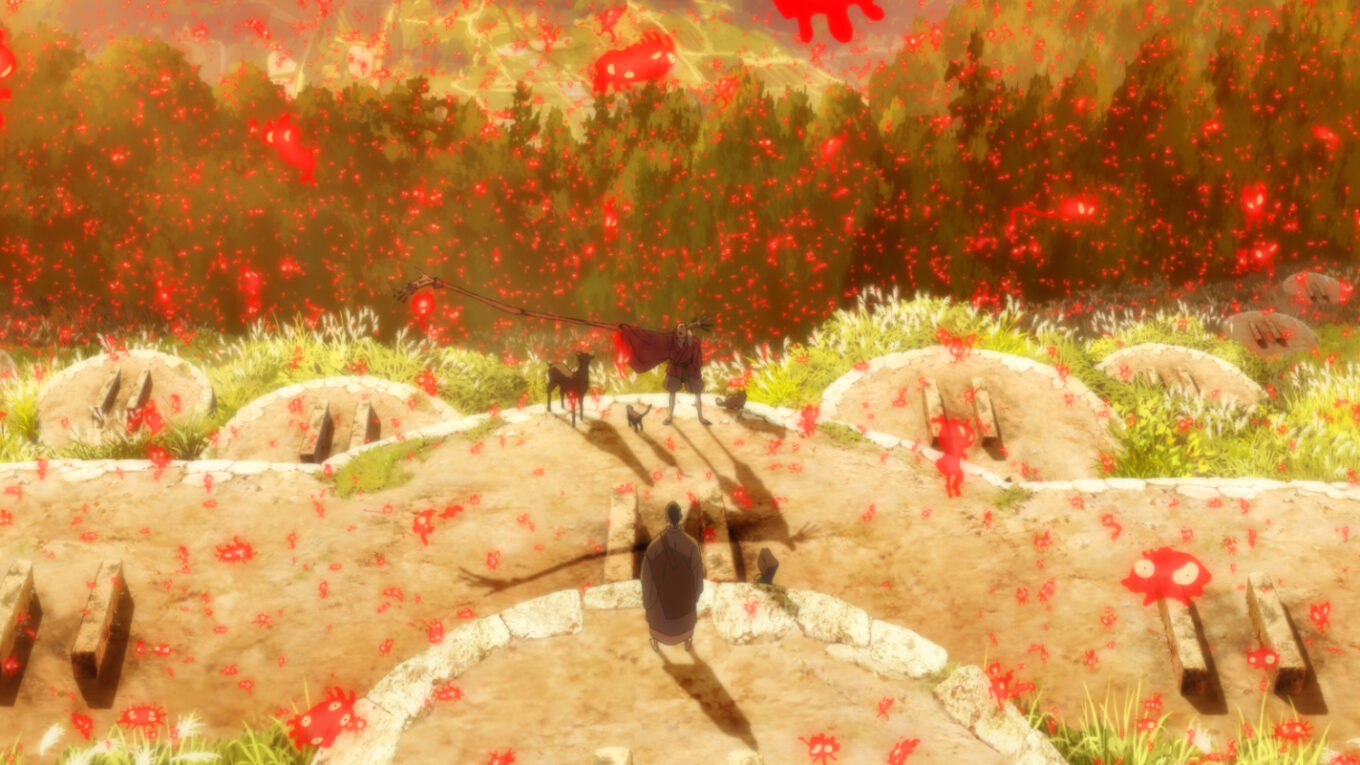


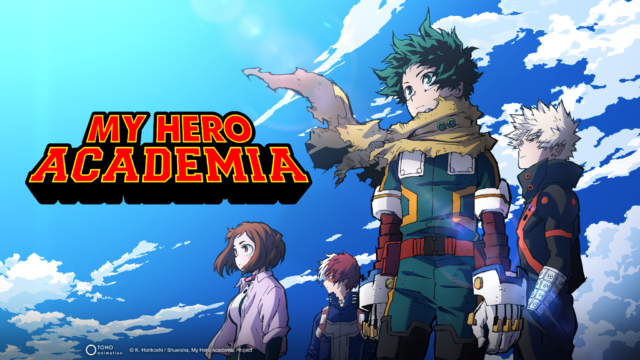














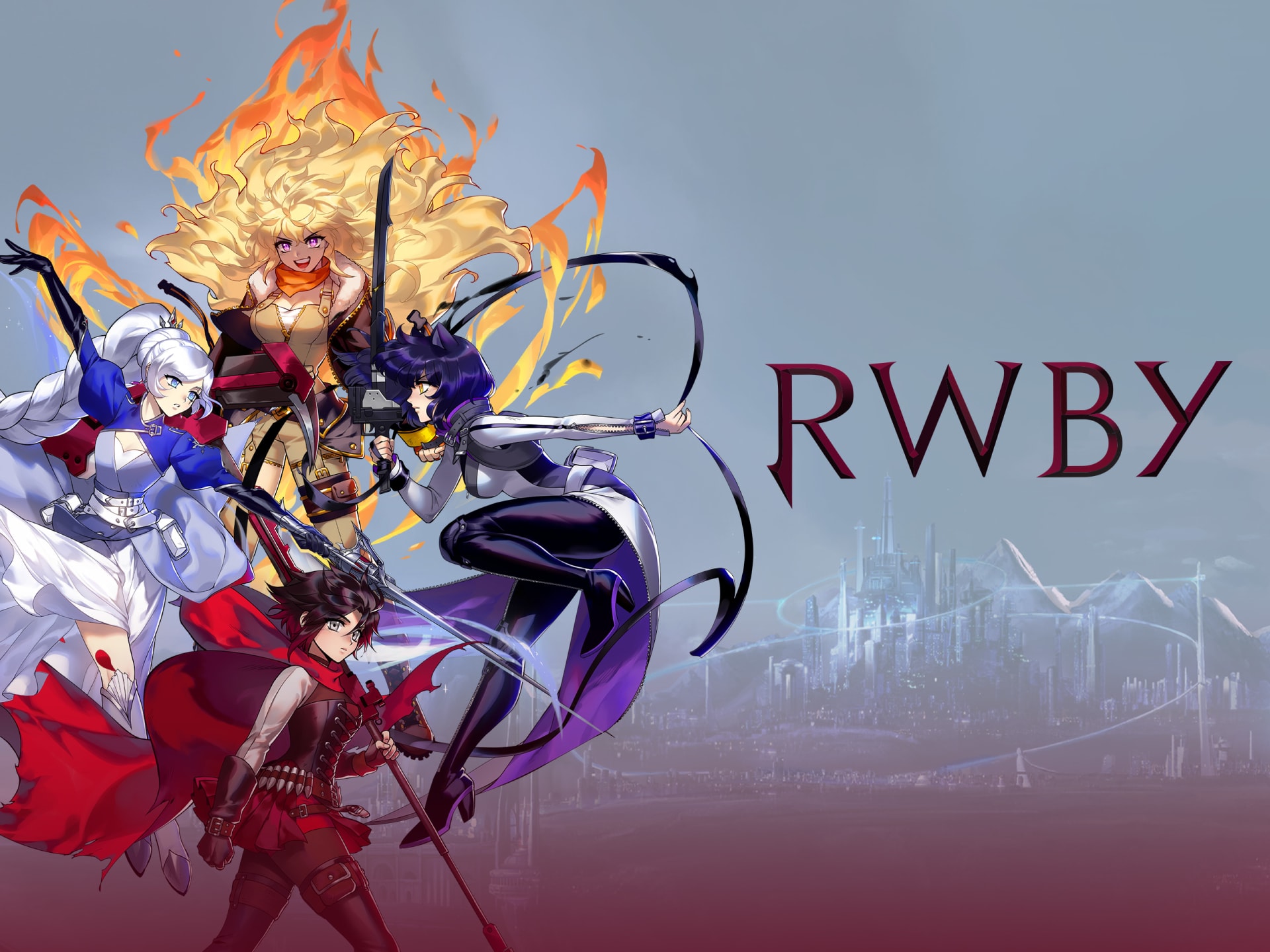




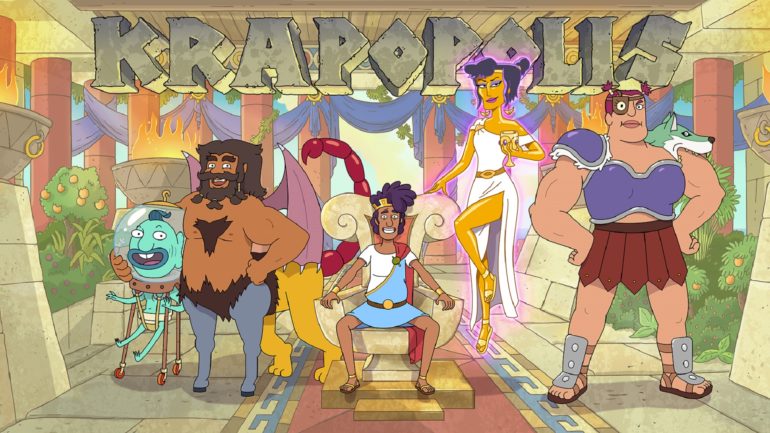

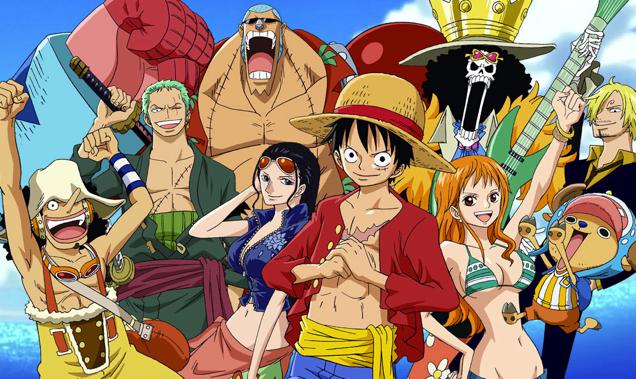
Just cancel this bird already. The chicken is beyond cooked. It's burnt to a crisp.